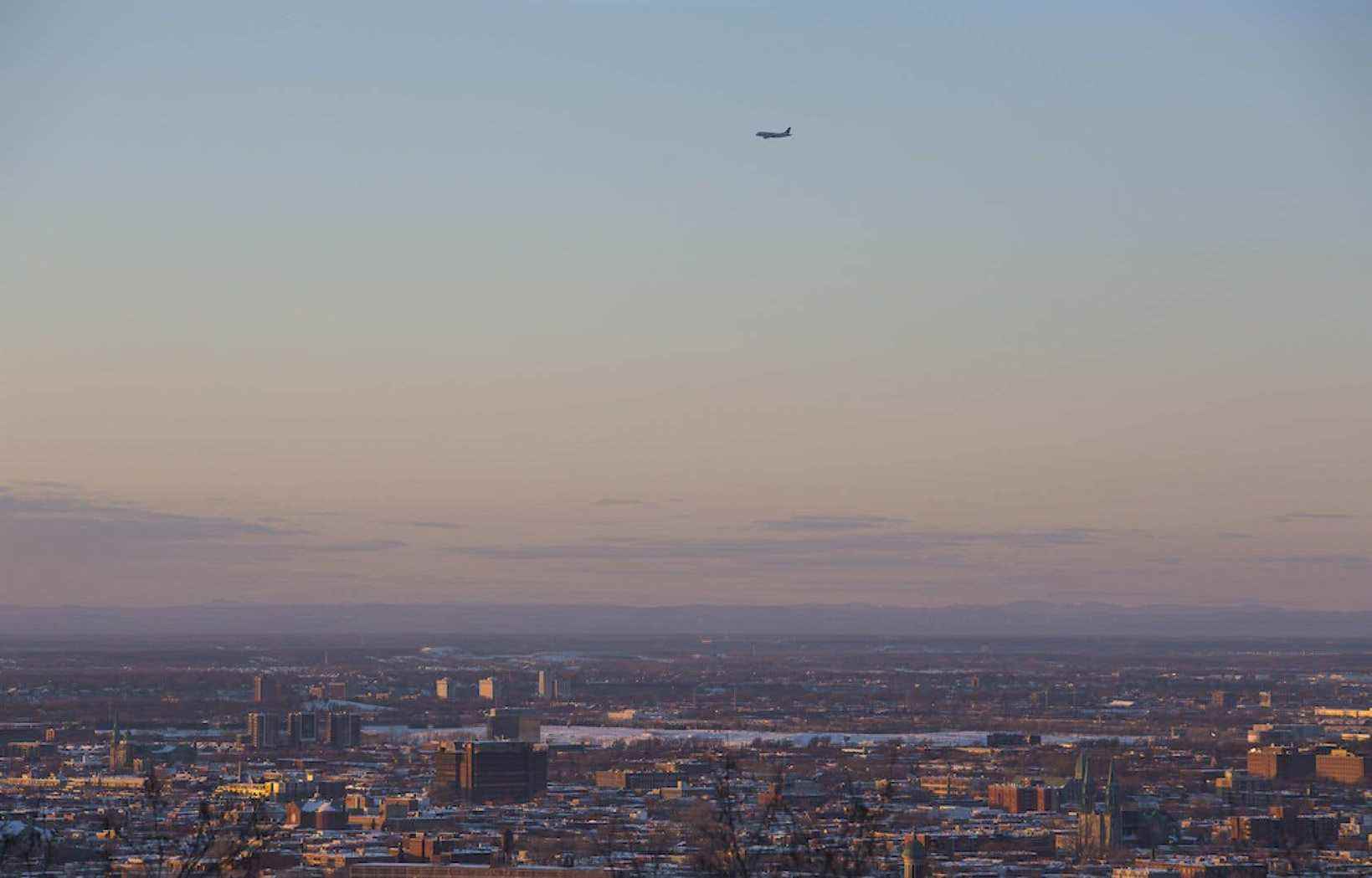This text is taken from our April 26, 2022 “Le Courrier de la Planète” newsletter. To subscribe, click here.
Last week, the Quebec government announced plans to subsidize $500 flights to facilitate regional transportation. In general, flying is one of the most carbon-intensive things you can do. For example, a transatlantic round trip emits more than a ton of CO2.
However, traveling very long distances in a motor vehicle also weighs heavily in the climate balance.
For a one-way trip to Sept-Îles — a 900 km trip — which mode of transportation emits the least greenhouse gases (GHGs)?
Some calculations
Let’s first look at the emissions associated with road transport on this route.
During combustion, each liter of gasoline is transformed into 2.3 kg of CO2. Surprisingly, the mass of GHGs is higher than the fuel itself: this is because of its bond with the oxygen in the air.
Now consider different classes of vehicles, with their typical gas mileage. Here are their emissions for a journey of 900 km.
- Subcompact car (7.5 l / 100 km): 155 kg of CO2
- Intermediate car (8.6 l / 100 km): 178 kg of CO2
- Small SUV (9.6 l / 100 km): 199 kg of CO2
- Large SUV (13.4 l / 100 km): 277 kg of CO2
Obviously, if the car has two, three or four passengers, the emissions attributable to each must be distributed.
Let’s now move on to Montreal–Sept-Îles flights. Air Canada offers a direct flight aboard a De Havilland Dash-8, which can carry up to 78 passengers.
The Google Flights service offers an emissions estimate for each flight based on formulas from the European Environment Agency (EEA).
A very important variable for calculating emissions is the occupancy level of the aircraft. In its calculations, Google Flights considers the number of passengers observed typically before the pandemic.
Thus, the direct Montreal–Sept-Iles flight releases 81 kg of CO2 into the atmosphere per passenger. It is twice less than the subcompact car! But beware: other details must be taken into account.
Different repercussions at altitude
Unlike cars, which circulate close to the ground, planes cut through the heights of the sky. The gases (water vapor, nitrogen oxides, etc.) and the particles they exhale at altitude have a different impact on global warming.
For example, fine soot particles dropped by aircraft engines produce contrails. These warm the climate just as much as the CO2 from burnt kerosene, according to a 2018 summary published in Nature Communications. However, their effect is much less persistent over time.
Such phenomena are considerable, but difficult to quantify. To take them into account, several carbon calculators choose to apply a multiplicative factor to the CO2 emissions of flights.
This is particularly the case with Carbone boréal, an offsetting service associated with the University of Quebec at Chicoutimi, which increases airborne CO2 emissions by 90%.
According to Carbone boréal, a Montreal–Sept-Iles flight therefore produces the equivalent of just under 160 kg of CO2 per passenger. These are the same emissions as a subcompact car.
And the bus?
For a single traveler, the plane is therefore not such a bad choice for a journey of around 1000 km. Shorter distances, however, suffer from the emissions associated with take-off, which become more significant.
Obviously, the carpooling option makes it possible to cut the pear in half, in three or in four. And in the medium term, cars will be electric. As for planes, only God knows if they will one day fly without emitting GHGs.
Until then, another option is even greener for getting around Montréal–Sept-Îles: the bus. If the bus is full, each passenger will be responsible for the emission of only 11 kg of CO2.
